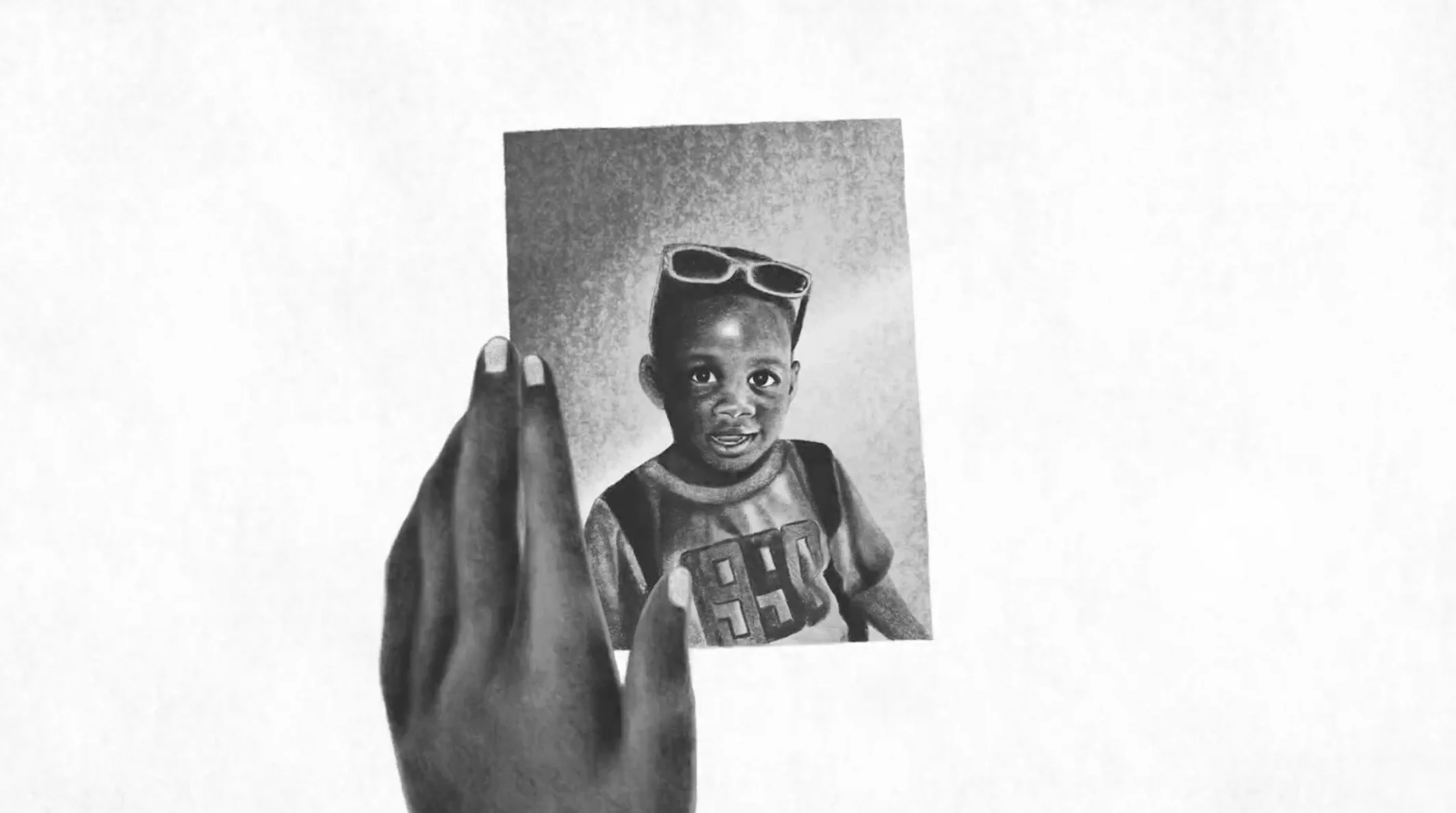Dragging it Online: Converting performances in a pandemic
/On a Sunday night at 7:30 p.m., Vancouver-based drag artist Dust can be found at home with their makeup on, laptop out and phone in hand. Their weekly online show starts in half an hour, but beforehand, Dust makes sure there’s an opportunity for the other performers to hype each other up over a group chat.
“Behind the scenes, I’m trying to create that same energy of people feeling loved, appreciated and valued that they would have felt at a live show,” says Dust.
Pre-pandemic, Dust hosted and regularly performed at East Vancouver’s beloved bi-monthly drag show, Commercial Drag. When venues around the city began to shut down due to COVID-19, Dust says it felt like something important was being ripped away from the community.
After reflecting on the history of Commercial Drag in Vancouver, Dust realized that the show had been displaced from different venues around the city since it first started.
“That’s when I realized that our drag community is resilient,” says Dust. “By being resilient we could come up with a response, rather than a reaction. ”
It didn’t take long after COVID-19 safety measures were imposed for Dust to organize Commercial Drag’s first online show. They describe the debut as good, but not great, and have since worked out some technology kinks with the help of the community.
Viewers live commented as Dust (top left) performs a group number for Commercial Drag Online
“People stepped in and assisted in making the online show smoother, funner and more cohesive. Over the last month or so, it’s really evolved. We now have performers from all across Canada: from Vancouver to Alberta, Manitoba, Victoria, and Toronto. It’s really magical to bring this group of people together.”
For Dank Sinatra, a Toronto-based “drag thing” who regularly performs for Commercial Drag Online, learning how to optimize their home space has been one of the biggest challenges of the experience.
“I reorganize my living room every time I have a show. I have a certain lamp I always have to move around. I can’t have my camera too high or too low. If I have to sit, for example, that can change the whole dynamic of the performance,” says Dank, adding that the learning curve has been amusing at times.
“I’ll do my make up and not realize that I did it in a shade of green that means my computer is reading my eyes as a green screen,” Dank says. “So all my eyeshadow will be the background that I’m in front of.”
The pandemic is forcing drag artists to rethink, revamp and reconsider their art. For Vancouver-based drag and makeup artist Satanix, the experience has given them an opportunity to try event hosting for the first time in the drag community.
“I’d been wanting to get into [hosting] for a while, but wasn’t sure about how I was going to,” says Satanix. “It got a lot easier when everything went online. We’ll see if I decide to host in person stuff after this all ends.”
Satanix is currently hosting two shows online, Storytelling with Satanix on Instagram Live, Fridays at 3:00 p.m. PST and Quaranclowns on Instagram Live, Mondays at 3:00 p.m. PST.
Calgary drag star Duke Carson had never tried video performance before the pandemic, and is surprised to find himself really enjoying the process.
“Getting to watch the transition from the idea—the stick figure doodles, the raw clips— into the edited, transitioned, filtered final product... I find that really rewarding,” Duke says, adding that he may continue making drag videos after the pandemic. He’s even considering starting a YouTube channel.
Duke Carson performs for Commercial Drag Online
Dust also found themselves inspired to try out a new medium. At the end of March, when COVID-19 restrictions were ramping up in Vancouver, Dust set out to make an album.
“I started recording in my kitchen, not knowing anything about making music. I didn’t know what to listen for, what to do. I was a full amateur but with the utmost amount of passion,” says Dust.
From creating a social media marketing plan, to mixing and mastering, to designing the album cover—Dust did everything themselves. They describe the experience as “a full scale reimagining of what my drag art is, and what it is going to be moving forward after COVID.”
Amateur and can be found on bandcamp.com, and Dust plans to release a second album later this month.
Like many, drag artists are facing huge financial blows during these unprecedented times.
“Queer performers and artists tend to work tenuous freelance and contract positions that are severely impacted by the contemporary pandemic, so a lot are hurting and in trouble because of that,” says Dank Sinatra.
For those who are able and willing to donate money, Dank suggests supporting Glad Day Lit Fund. The Toronto based organization supports local queer folks and artists who are facing financial hardship in the current crisis. Qmunity is another organization to consider supporting. The Vancouver based non-profit is working to improve and support queer, trans and two-spirit people during the pandemic.
Knowing that money is tight for many people, Dust says tuning into online shows is another way to help. “If you want to even just open the tab and have the YouTube video running. Give us the views, give us the streams. Interact with us. Follow us. Now is an incredible opportunity to give people attention.”







